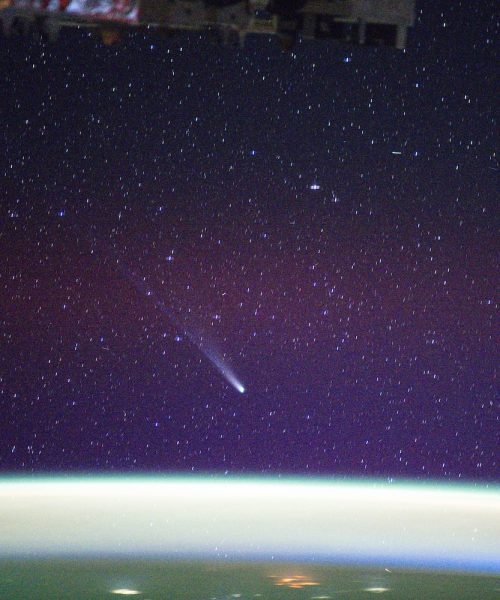NASA is readying the first dual-satellite mission to another planet. Currently scheduled to launch no earlier than Sunday November 9 from Cape Canaveral, Florida, the Escape and Plasma Acceleration and Dynamics Explorers (ESCAPADE) are a pair of identical spacecraft tasked with traveling to Mars. Once in the Red Planet’s orbit, the spacecraft will create three-dimensional maps of our cosmic neighbor’s upper atmosphere, ionosphere, and magnetic fields.
A 12 month journey
ESCAPADE is overseen by the University of California Berkeley, who named the spacecraft’s onboard satellites Blue and Gold after the school’s colors. In addition to its primary objectives, the spacecraft will be the first to reach Mars using a new trajectory path. Past missions to Earth’s closest planetary neighbor have relied on a 7 to 11 month-long route known as the Hohmann Transfer. While fuel-efficient, the trajectory necessitated extremely narrow launch windows that typically only a few weeks every 26 months.
Instead of harnessing the Hohmann Transfer, ESCAPADE will first travel to a Lagrange point, or a location in space where the gravitational pull of the Earth and sun are equal. From there, it will arc in a kidney bean-shaped, 12-month orbit back towards Earth. In early November 2026, ESCAPADE is scheduled to engage its engines and slingshot around our planet and use that momentum to carry to Mars.
A new way to map Mars
The Martian satellites are expected to arrive in early 2027, at which point Blue and Gold will fire up its instrument arrays and data processing computers, as well as deploy boom arrays. A comprehensive map of the Red Planet’s magnetic fields is necessary to help humans step foot on Mars in future missions.
Unlike Earth, Mars lost its atmosphere around four billion years ago. Without it, the planet is routinely bombarded by the sun’s high-energy particle radiation. Last year, for example, NASA’s Curiosity rover recorded a solar storm that generated 100 days’ worth of the Milky Way’s normal background radiation over the span of a single day. Solar storms are bad enough to fry electrical grids on Earth even with its atmosphere, but they would be outright deadly to anyone lacking proper protection on Mars.
According to ESCAPADE principle investigator Robert Lillis, the satellites will make space weather measurements necessary “to understand the system well enough to forecast solar storms whose radiation could harm astronauts on the surface of Mars or in orbit.”
Measuring magnetized crust
Previous missions showed that although it no longer possesses a global magnetic field like Earth, Mars still has localized magnetic fields generated by its highly magnetized crust. These remain capable of pushing solar wind as much as 932 miles away from the planet’s surface, where they could interfere with communications abilities.
“Understanding how the ionosphere varies will be a really important part of understanding how to correct the distortions in radio signals that we will need to communicate with each other and to navigate on Mars,” said Lillis.
Although Blue and Gold will travel together to Mars, they’ll set off on separate orbits to supply a 3D view of the Martian atmosphere as it encounters blasts of million-mile-per-hour solar wind.
“To understand how the solar wind drives different kinds of atmospheric escape is a key piece of the puzzle of the climate evolution of Mars,” explained Lillis. “ESCAPADE gives us what you might call a stereo perspective—two different vantage points simultaneously.”






